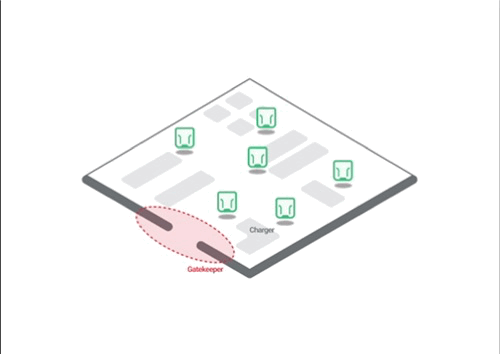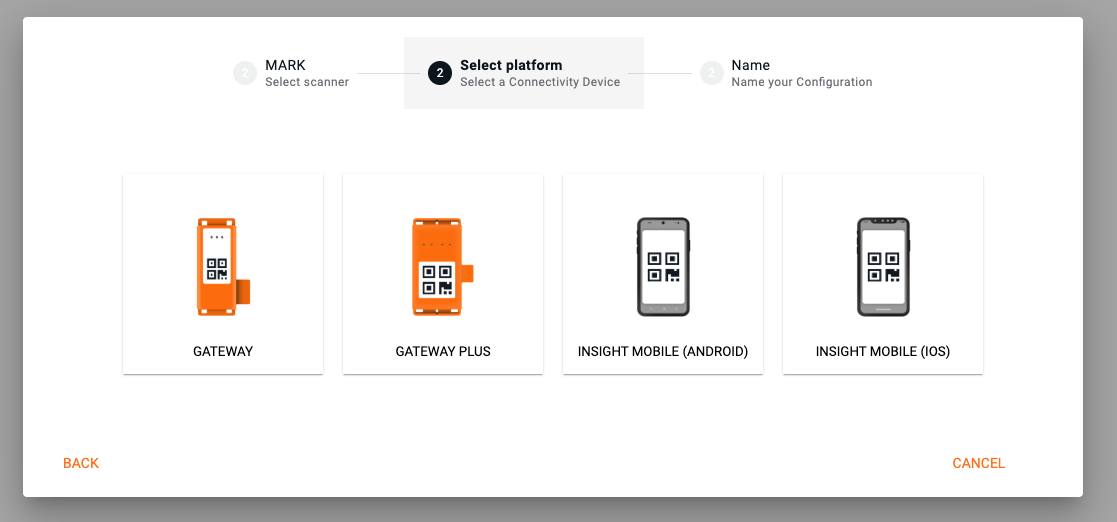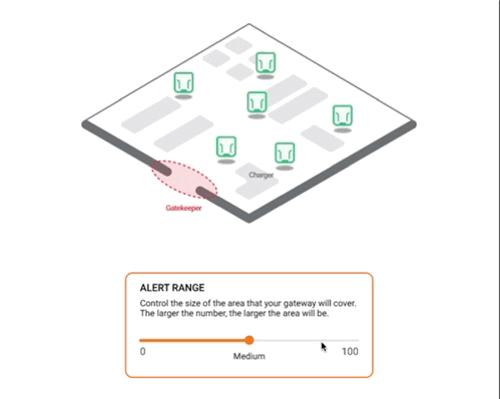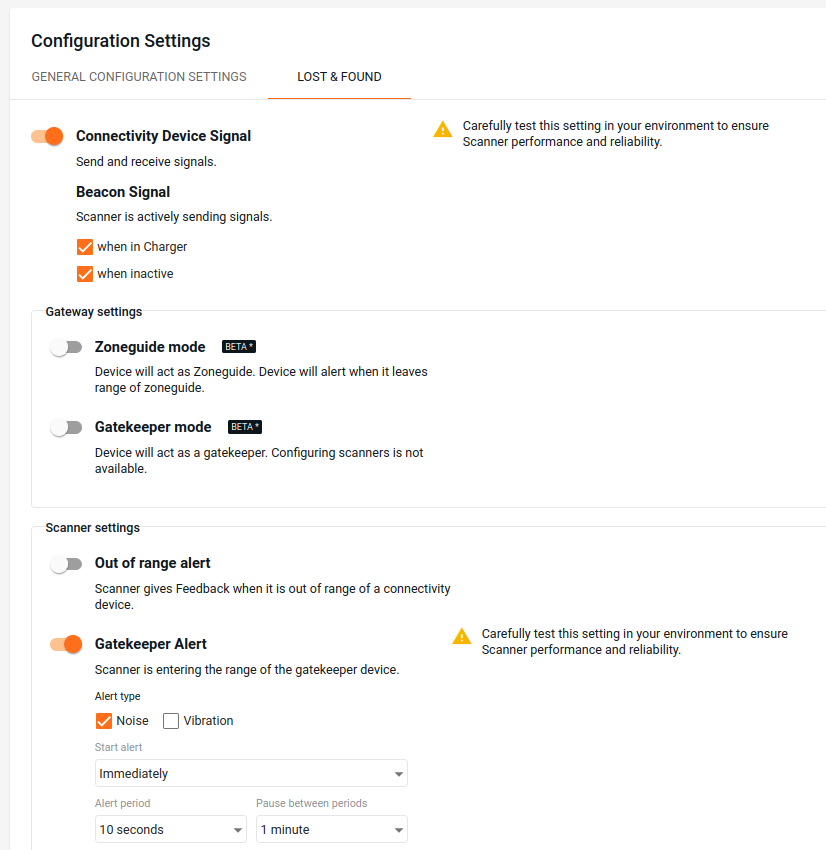Gatekeeper
Introduction
Gatekeeper is designed to support operational control by ensuring ProGlove scanners remain within designated areas and are returned to their Charging Stations at the end of a shift or task. By triggering customizable alerts—such as sound or vibration—when a scanner passes a defined Gatekeeper, the feature helps reinforce best practices and reduce device misplacement. Gatekeeper is ideal for environments where maintaining the flow of devices and adherence to processes is critical. It creates a seamless reminder mechanism that encourages proper scanner handling—without requiring manual intervention.

Setup
Follow the instructions below in order to setup the Gatekeeper.
Configure the Gateway or Gateway Plus to act as a Gatekeeper .
Configure the ProGlove scanners to respond to the Gatekeeper.
Caution
To apply the scanner configuration, we recommend using a separate Connectivity Device. If using the same Connectivity Device, configure the scanner first, then apply the Gatekeeper setup.
Configure the Connectivity Device as a Gatekeeper
Create a configuration for the Gateway or Gateway Plus and give the configuration a meaningful name.

Click on the Gear icon and choose the Lost & Found tab.

Enable the Gatekeeper mode and adjust the Alert range. The alert range setting determines how close a ProGlove scanners must be to the Gatekeeper before the alert is triggered.


Note
Low: Alerts are triggered when the scanner is in close proximity to the Gatekeeper
High: Alerts are triggered even when the scanner is at a greater distance from the Gatekeeper
Because environmental factors (e.g., layout, interference) can affect performance, we recommend determining the optimal alert range through on-site testing. During testing, make sure to reset the device by placing it back into the charger while it is well out of range of the Gatekeeper device. This ensures accurate measurement of the alert behavior under real-world conditions.
Save and upload the configuration to the connectivity device.
Warning
When a connectivity device (Gateway or Gateway Plus) is set to Gatekeeper mode, it no longer functions as a standard connectivity device. This means it cannot:
Push configurations to ProGlove scanners
Act as a Connectivity Device and transfer data from the ProGlove scanners to the INSIGHT webportalINSIGHT webportal or perform any regular Connectivity Device functions
Configure the Scanner to listen to the Gatekeeper beacons
Create a configuration for any type of Connectivity Device and give it a meaningful name.
Click on the Gear icon and choose the Lost & Found tab.

Enable the Gatekeeper alert and adjust the alert settings.

Alert types
Noise: ProGlove scanners emits a loud beeping sound.
Vibration: Activates the ProGlove scannerss vibration engine.
Alter timing
Start alert: Choose whether the alert begins immediately or after a delay.
Alert duration and interval: Set the duration for ho the alert should play and define the pause period between repeated alert cycles.
Note
Once theGatekeeper alert is triggered, the feedback is played continuously until the device is put into a Charging Station.
Save and upload the configuration to the connectivity device.
Additional Information
Tip
Using the Gateway Plus will result in faster response times and hence is recommended.
Devices and firmware | Subscription plan | Lifecycle status | Resources |
|---|---|---|---|
MARK Basic, MARK Display, MARK 2 - Scanner Firmware Gen1 2.20.0 LEO, MARK 3 - Scanner Firmware Gen2 1.12.0 MAI - 1.0.2 Gateway Gateway Plus - 2.16.1 | INSIGHT Control, INSIGHT Enhance |